In a spring day in 1966 a brand new Chevrolet Impala sedan showed up in our neighbor’s driveway. I went to check it out, and the first thing I noticed as I approached it from the passenger side rear was an exhaust outlet on that side, which meant dual exhausts. Wow; did he get a 427? This mild-mannered retired guy? But when I got to the front fender, there was no distinctive “427 Turbo-Jet” badge. What gives? A 283 with dual exhaust? That makes no sense?
The owner saw me coming, and happily obliged my request to look under the hood. Sure enough, it was a 283, but with 220 horsepower stickers on the air cleaner and valve covers instead of the usual 195. But why did it have dual exhausts when the much more popular 327 and even the 396 came with a single exhaust?
I can’t really answer that, but a little digging brought home just how effective dual exhausts were in increasing actual (net) horsepower, on this and some other engines too.
I had long committed to memory all the available engines on new cars ever since I discovered brochures at dealers when I was about nine or so. Especially when it came to Chevys; I had them down pat, even the bore, stroke and compression rations. So it’s not that I hadn’t noticed that Chevrolet had added this 220 hp version of the 283 for 1966, although I had already wondered at the time why. Seemed like the gap between the standard 195 hp 283 and the 327 wasn’t exactly all that wide.
Well, that had been the case in previous years since the 327 arrived in 1962, when there had been both 250 and 300 hp versions. But for 1966, only a 275 hp version was now available, undoubtedly to make a more even gap between the 283 and the 325 hp 396. So it makes some sense in that regard, but the 283/220 was gone again in 1967, never to return. I suspect not too many folks ordered it, although it cost only $37; the 275 hp 327 cost $93.
I had failed to read or memorize the fine print on these engines. If I had, I would have noticed that the 283/220 came with dual exhausts, and the 327/275 as well as the 396/325 didn’t. Curious, especially to a thirteen year-old kid. It just didn’t make sense.
Before we go any further, I should note that this four-barrel, dual exhaust L77 220 hp version of the 283 had also been available in 1964 in both the Chevy II and the Chevelle. In fact it was the top option on both that year, although three versions of the 327 (250, 300) were added to the ’64 Chevelle mid-year, to counter the popular GTO and other new mid-sized muscle cars. Also curiously, the 283/220 was dropped in both those lines for 1965 but then returned for 1966, also just for one year.
I was utterly unable to find an image on the web of an original 283/220 installed. But you all know what a 283 looks like, right? Here’s a two barrel version.
Supposedly this is an L77 283/220 in a ’66 Chevelle. Note that the exhaust manifolds on the Chevelle are different, not the “ram horns” on the full size application, presumably due to packaging constraints. The stock carb was a Carter four barrel, essentially the same as used on the 250 and 275 hp 327s.
Regarding my headline, about the power of dual exhausts. Chevrolet used to list both gross and net (as installed) hp ratings for their cars in the AMA spec sheets, except for the higher output versions. A closer look at that somewhat blurry chart shows that the net hp increase for the 283/220 over the 283/195 was 35 hp (150 to 185), ten more than the 25 hp increase in gross hp (195 to 220). How does that work?
And notice that the net hp of the 283/220 (185) is an unusually high 84% of the gross hp, whereas the same ratio on the 283/195, 327 and 396 are all between 75% and 77%.
Gross hp ratings were derived by removing the exhaust system and running with open pipes, as well as removing other power-robbing ancillaries, air cleaner, any smog devices and advancing ignition advance as much as possible. It measured the theoretical potential of the engine, essentially set up as in a race car. Net hp ratings are “as installed” with all the ancillaries, air cleaner, stock ignition advance and a full stock exhaust system.
So the unusually high net hp percentage of the 283/220 in comparison to the others is then solely due to the installation of the dual exhaust system. No wonder putting on duals was such a popular modification back in the day. Old Hot Rod magazines in the ’50s were chock-full of ads for dual exhaust systems.
It seems safe to say that duals gave a bigger kick for the buck than just adding a four barrel carb and intake; in fact, as the 327 shows with its 210 net hp, only 25 more than the 283/220, it didn’t help all that much, despite the additional 44 cubic inches.
Here’s another graphic example, from the 1971 Plymouth Fury brochure. Look at the two versions of the 383: although the advertised gross hp increases 25 hp—from 275 to 300—with the addition of a four barrel carb and dual exhausts, the net hp jumps a whopping 60 hp, from 190 to 250! That’s a jump from 69% of gross to 83%, thanks to the dual exhausts. Part of that may be due to these gross numbers not being 100% reliable, but there’s absolutely no doubt that these jumps when dual exhausts are also tested in the “as installed” SAE net hp tests, a significant improvement results.
This also explains why Cadillac’s big V8s suffered a disproportionately big hit when they switched to net hp ratings. In 1971 they still listed both, with the 472 having 345 gross/220 net, and the 500 inch Eldorado V8 having 365 gross/235 net hp. In both cases, the net is only 64% of the gross. Cadillac had switched to single exhausts some years back, which of course was not reflected in their previous gross hp ratings. There may have been other factors too, but undoubtedly the single exhaust reduced net output disproportionately.
What does all of this mean in the real world? Dual exhausts made a more significant impact on actual power and performance (and fuel economy) than might be expected, or just the switch to a four barrel carb. With a single exhaust, the potential of a four barrel carb to deliver more air and fuel was inherently restricted, in some cases considerably so.
Related reading:
How Many “Real” Horsepower Did The 1971 426 Hemi Really Make? A Look At The Gross vs. Net HP Games
Ate Up With Motor: Understanding Gross Versus Net Horsepower Ratings
Automotive History: 1957 Chevrolet Fuel-Injected 283 V8 – Ahead Of Its Time And The Competition






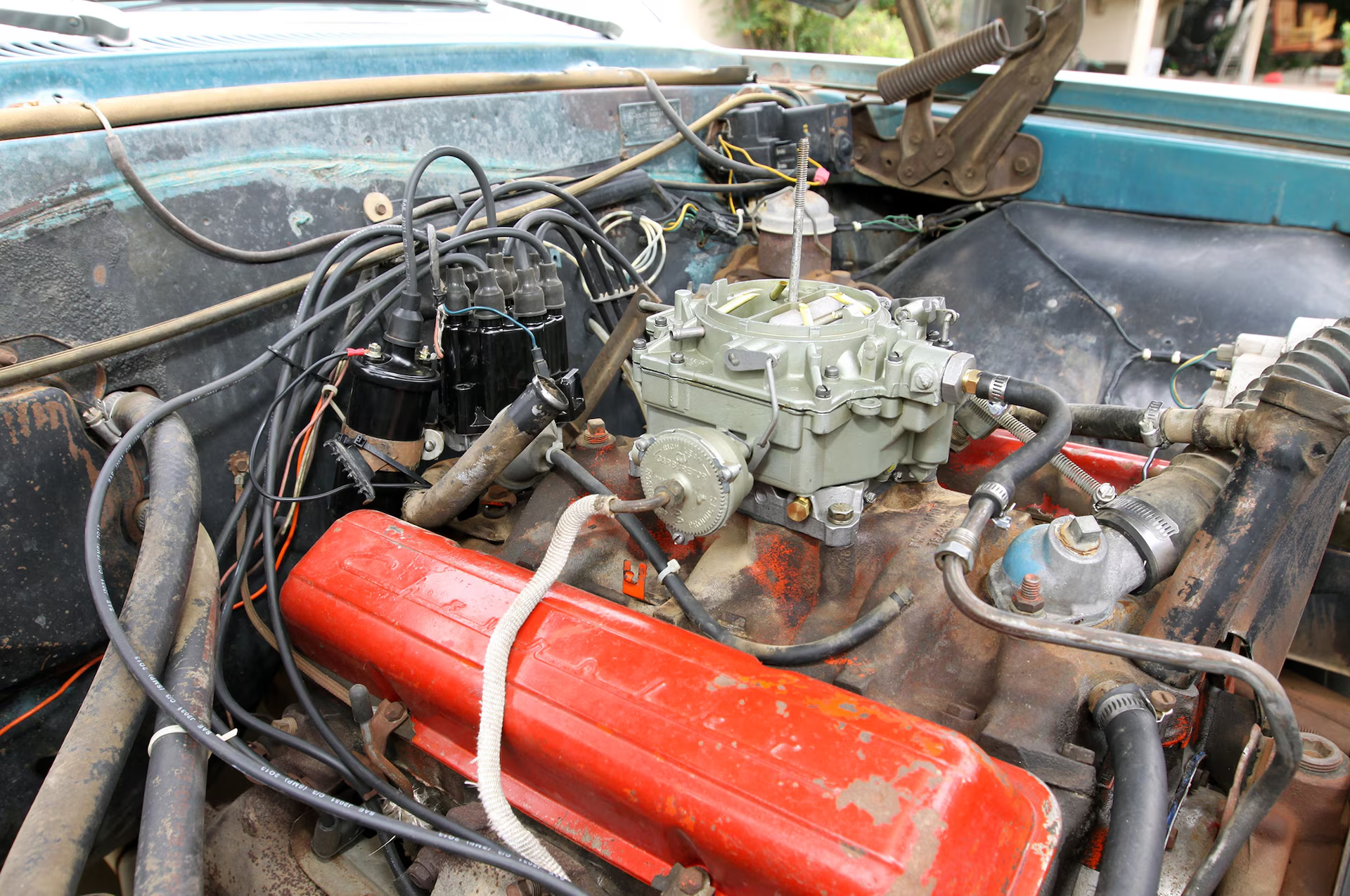





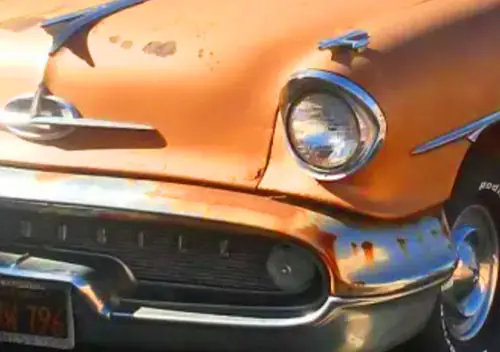
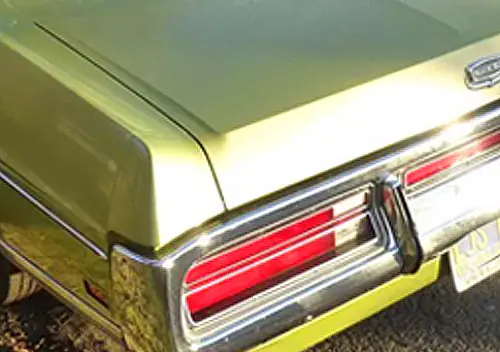


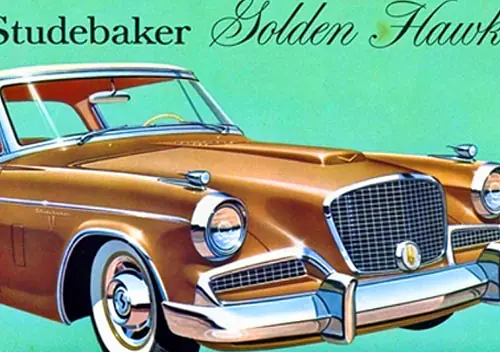
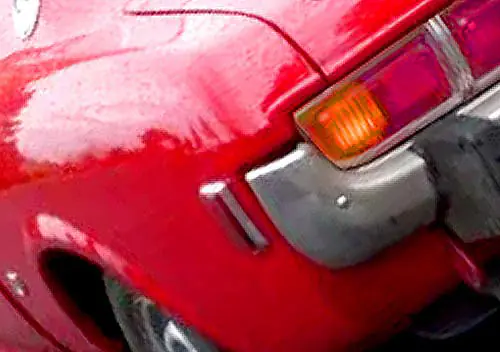

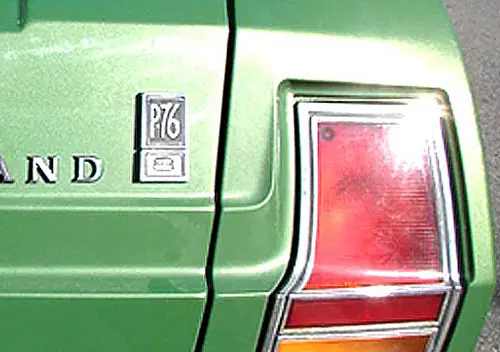
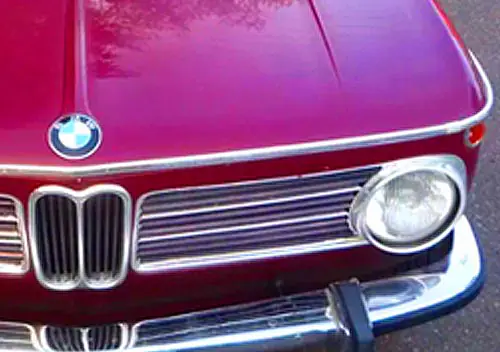



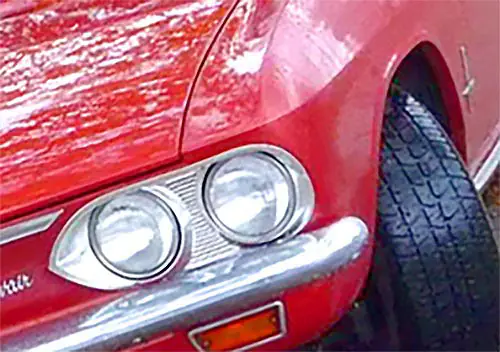


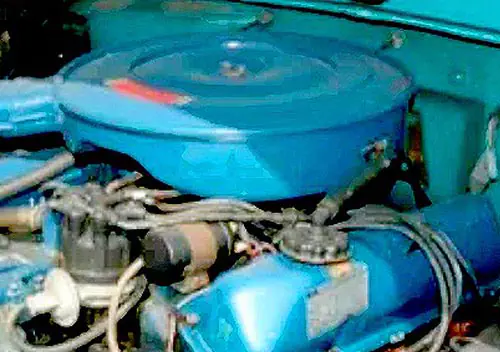



Very interesting information. Having grown up in the “dual exhaust era” of the fifties, there is much to be said for this modification. Thanks for giving us technical information/enlightenment. (VWOOM, VWOOM!)
This all makes me wonder about modern dual exhausts. My ’88 T-Bird, the ’97 Grand Prix GTP, the 2016 Civic EX-T, and even my 2019 Mazda CX-5 have (‘had’ in the case of the older cars) what appears to be “Dual Exhaust”.
But how much better is it than a single pipe out the back like on my 2007 V6 Mustang?
In the case of the 5.0 T-Bird and 3.8L Supercharged engines, the headers/manifolds come off of the engine into two small cats. Then they join under the car into one larger cat. Then behind the cat, they split into “duals”. Wouldn’t the merge point also be the choke point?
And what of the 4-cylinder engines in the two Japanese examples I cite? What advantage is dual exhaust here? You have one manifold/header, which at that point only to splits to duals after the catalytic converter?
Perhaps it’s still helpful in reducing back pressure.
Great Piece Paul! – I love the ’66 Chevy example. I am quite sure my Dad’s ’66 Impala back in the day only had the 195hp single exhaust 2-barrel version. He only started buying the faster trim level cars when he got older. 😂
Seems that many of today’s “duals” are simply a rear muffler with two outlets, not a system from the manifold on down. Does this setup really offer any performance improvements or are they mostly cosmetic?
Modern systems are carefully designed to perform well, since the net hp ratings and EPA numbers are generated with “as installed” exhaust. Of course they can be improved for maximum power but with significantly greater noise, as we hear all-too often on the streets thanks to “fart cans”. But yes, it’s very typical to split the exhaust after the cat for appearance.
This was interesting. I always knew that adding a 4 bbl and duals would wake up an engine, but had never thought about their respective contributions.
A family friend had a 1965 Ford Galaxie with a 352 and factory dual exhaust. I recall him complaining loudly about having to replace the system at double the cost every two years or so. He claimed that a dual system wore out faster than a single because it didn’t warm up as quickly and thoroughly as a single, leaving moisture to rust out the system. Back then everyone was regularly replacing muffler and pipes, with shops like Rayco and Meineke everywhere. Things have really improved. I haven’t replaced muffler since 1982 and the muffler shops have all but vanished. Another example of the canard that “they don’t build them like they used too”.
I can attest to the change in performance (for the better) when I had duals installed on my 69 Caprice with the 396/4bbl. The original single exhaust had such a small diameter, it looked sad! Basically exhaling through a drinking straw.
I also replaced the snorkel air cleaner (itself quite restrictive) with an open-element one. I don’t drive it in the winter so I don’t need the heating aspects for cold weather performance. Relax – I kept the original air cleaner so it can be returned to stock.
I have to say that the 396 is a great engine. It drives so effortlessly and is well-suited to the full-size Chevrolets.
A decent exhaust flow works great dual pipes can achieve that, but so can a bigger single system with the factory restriction like cats removed though these Chevrolet engines predate cats anyway,
More carby will give a bump in power but that extra air has to get out too.
Now my 68 Cougar, with J code 302-4V, came with dual exhaust. After that exhaust didn’t matter what with company cars and then Japanese imports. However, when I bought the 67 Parklane in 2003 one of the first things for the car was to put duals on for the 410. At 145,000 miles hard to say if I noticed anything. In 2010, when I got the Polara, I put dual exhaust on the 360. I have yet to do anything on the 360 in the Ambassador. Maybe yes, maybe no. As for the 410 it will be interesting to see how the 410 runs as a newly rebuilt engine if I can ever get a hydraulic camshaft.
Regarding the note about the big-block 396 with single exhaust…
It is my understanding/recollection that if you wanted a fast big-block car, you’d order a 427. The 396 was your choice if you wanted to tow your boat or camper. The folks who wanted to tow weren’t interested in the raucous note of dual exhausts, they just wanted the power.
It’s not quite as simple as that. Prior to 1966, the 300hp 327, a common choice, came with dual exhausts. As did quite a few other big cars with 4-barrel medium-sized engines. And they weren’t “raucous” unless they used low-restriction mufflers, which were only used on the true hi-po engines.
And if you really did want the full power of a 396 or such, you weren’t going to get it with a single exhaust. That’s the whole point of this post.
And that 325hp 396 did come with dual exhausts standard in the Chevelle, Camaro and Nova.
It also explains why the 396 didn’t do all that well in some full-size comparisons with the Ford 390 and Chrysler 383 4-barrels, as those did come with duals.
Chevy really did tweak their engine specs from 1965-1970. In 1969 the 396 was down to 265 h.p., only offered with a 2 bbl. Then in 1970 it was gone, along with the 327 and 427, replaced with the 350, 400 and 454. The 350 then had a long run, lasting until the end in 1996.
We might want to note the 2bbl 396 was only in the full size cars, not Camaro or Chevelle
I had a 2003 Honda Civic Hybrid with a very strange breathing setup. Instead of having 16 valves and a spark plug in the center of the valves, it had only 8 valves and 2 spark plugs per cylinder where the other 2 valves would have been. The intake valve would induce swirl to better mix the fuel/air mixture as it entered the cylinder. The 2 spark plugs would fire sequentially or simultaneously depending on engine speed to make sure to completely burn the entire charge.
It had a comparatively low red line from other high revving Honda engines and you could feel it choke on its own exhaust up near the red line because it couldn’t breathe. Unfortunately, the size and shape of the combustion chamber limited the size of the intake and exhaust valves, so it was always a bit compromised on breathing, higher in the rev range. Dual exhaust would have done nothing because it couldn’t physically eject the exhaust fast enough from the combustion chambers.
(When it was time to change the spark plugs, got into an argument with the mechanic about only replacing half of them. “Nope, I want all 8 replaced at the same time!” He was having a hard time understanding why a 4 cylinder engine would have 8 spark plugs and 8 individual coil packs.)
Engines used in hybrids typically are designed for a quite different range of operating parameters. And yes, changing the exhaust would have been useless. Modern exhaust systems are very carefully optimized.
I grew up in the same era, and it seemed that dual exhausts were nearly always paired with a 4V carburetor (there were a few exceptions). Quite a breathing upgrade from a 2V/single pipe.
As such, I would conclude the added power came from the combination; certainly not just the dual pipes.
There were gobs of exceptions, of 4V engines with single exhausts. After about 1960 or so, the great majority were singles. All Cadillacs, big Buicks, Olds, Pontiacs (except GP), most big Chryslers and Imperials, Lincolns, etc. These all had big 4V engines and single exhausts. And lower priced brands too, like the 327 and 396 on these Chevys. It’s probably pretty safe to say that the majority of 4V V8s didn’t have dual exhausts.
And you missed the key point, which is that more of that potential power (gross hp) translates into more power as installed (net) if both are there. That’s why the 283/220 has a much higher percentage of its gross hp in its net rating than the 327 and 396.
The one that I thought strange was the 1964-67 Mopar 273-4v as found in the A-body Barracuda. AFAIK, the 273 ‘Commando’ never came with a dual exhaust which just seems like another example of Chrysler not really taking the 1st gen Barracuda all that seriously as a true sporty car.
I know the Mustang K-code 289-4v had a dual exhaust (although the regular fuel, 289-4v did not) but it wasn’t exactly a ‘true’ dual exhaust since it came with a dual inlet/outlet transverse muffler behind the rear axle.
I don’t think the Chevy dual exhaust was configured like the Mustang. In fact, there’s the rare, seldom optioned chambered exhaust for the Z/28 where the dual ‘mufflers’ really didn’t do much muffling, at all.
I can attest to the hp increase from single to dual exhaust.
In ’74 I bought a ’72 Caprice coupe with the 400 (402) 4bbl. 210 hp until I ran separate pipes from the manifolds to the rear bumper.
Picked up 30hp to 240 plus a nice rumble out the back!
Interesting read, I’ve always thought exhaust was overrated and the fans of it were perceiving the sound more than actual power. Perhaps not it would seem, at least in that era. A curious factoid is they showed an even 35HP increase in net power from 283 2 barrel, to 283 4 barrel, to 327, to 396. Seems odd. But they were advertising gross and nobody talked about net back then, so I dunno. But the engineers surely knew and maybe had some influence on the advertising and marketing groups, so maybe? Was it tailored to be even? All these things I’ll never know.
I have owned 2 V8 cars in my life, a 2 barrel 318 and a 4 barrel 351, I fitted dual exhaust to both of them, it just seemed to make sense somehow, as well as the great sound produced. The 318 in particular seemed much more responsive, The Ford not so much, but I think that it had it’s own set of issues, with primitive for the time pollution devices.
Interesting that the first high performance 273 for the Barracuda had a special low restriction single exhaust, I remember reading a vintage road test about it being quite loud, and it was toned down in later years.
I think that dual exhaust on V8s from the ’40’s, ’50’s, and ’60’s did add power over a factory single pipe system. Exhaust flow technology wasn’t as advanced as it is today, opening up the pipes helped the breathing and most owners liked the sound. It was the same with big inch motorcycles like HDs, the stock systems were pretty restrictive during this period. In line engines used to get split exhaust manifolds to run true duals, there were also single and split header systems. Two pipes under the bumper also just looked cool, if nothing else.
My Aunt and Uncle bought a 66 impala ss back in 66 brand new .327/275 4 barrel carb. Single exhaust and a 4 speed. That car was a stone cold freak! Street racing was the thing back in the day, and I personally witnessed this car beat, and stay with other car’s way out of it’s class. 442’s, 383 road runners, and so on. No believed that it was a stock motor.
283 220 hp had a Rochester 4gc carb ,was quite common thru the years.May have had different hp rating earlier on.
That is correct. The 283 never got the Q-Jet, the 327 did, one year only, ’68
There are several “newer” model vehicles that can improve performance from exhaust modifications.
My biggest example would be my 2004 F-250 with a 2V V-10.
When I bought the truck in April 2004, I was looking over the underneath. The exhaust manifolds looked pretty decent, but the driver’s side “Y pipe” needed help. In it’s original configuration; the 2 1/2″ pipe it came down, made a 90 into into a 1 3/4″ pipe that went 90 degrees into the passenger side pipe. This looked very inefficient to me. Doing internet sleuthing, I found that Ford did that to eliminate a “flutter” sound that was deemed undesirable to most.
I could really care less about sound since this was bought to be a tow vehicle. I had a local guy I knew who did fabulous exhaust work (who happened to work at a Ford dealer) fabricate a true 2 1/2″ into 3″ Y pipe. What a difference that made in my truck, both in power and fuel mileage. The seat of the pants was noticeable and it seemed to pick up 1/2 mpg (on a truck averaging 10 mpg).
Fast forward to 2017. The muffler started leaking at the exit joint. I bought a free flowing 4″ CAT back single exhaust for the truck. Again, noticeable power gain and this added 1 mpg both empty and towing. Had I realized earlier what difference it would make; I would have swapped exhaust years ago.
When towing, it does sound like a pissed off Honda (not with a fart can). I’ll take the extra power and not worry about the sound. It’s a 72 degree V-10…it’s never going to sound like a V-8.
I was a teenager when My parents had a 1965 Impala 283 4 barrel dual exhaust. It would do 90 mph in a quarter mile. So they also made it in 65
We also had a 66 Malibu with a 283 2 barrel which was sick compared to the Impala. No comparison between the Rochester 2 barrel and the Carter 4 barrel
The 283/220 does not show up in any ’65 full-size Chevrolet brochures, but I did see it in the AMA spec sheets, so perhaps it was a late year intro?
Chevrolet offered dual exhausts as an option.
Bought a 67 Chevelle from a school teacher in 1971. I was a junior in high school working part-time at the Deep Rock gas station.
283/195 hp with factory dual exhaust,fully synchro 3 on the tree.Payed $1100 for it.
First thing was to put it up on the hoist and cut off the mufflers and pipes all the way back.
Next I installed 2 Thrush glass packs with turn downs and placed the Woodpecker stickers in the rear windows. (every muffler box came with a sticker).
From then on,mom always knew when I got home at night.
I had a 1960 impala with the higher output “power pack” 283, that also came factory with duals and was rated at 220 hp. Though I suppose it was far less unusual since dual exhaust was an option for the 2bbl 283 as well.
Actually the 1960 (1957-1961) power pack 283 was rated at 230 hp. Minor detail.
365hp was ONLY available in Corvette for 1964 ’65, equipped with solid lifters. Only hydraulic lifter 350hp in Chevelle or CheveIIe. Curiously, the 365hp Corvette was offered with factory AC. Rarely was a solid lifter engine made available with air conditioning. And HiPo engines AC compressors got a slightly larger compressor pulley. Another oddity would be the Corvette 427 400hp TriPower with AC and Powerglide 2 speed trans! A 1967 1 year offering. Corvette didn’t get the TH400 until the 1968 redesign, even tho the TH400 was introduced in 1964
The 365 hp 327 was intended to be available in the Chevelle, and is listed in the AMA specs, but apparently they were never actually built, although there’s a few folks out there on forums that claim otherwise. But I will amend the text.
My 1965 Grand Prix 389 4bbl had the optional dual exhaust, which means single exhaust standard, per build sheet
Well, the 1965 Pontiac brochure says otherwise. See snippet attached below.
Since the duals were optional on all the other full-size models maybe the build sheet called them “optional” but there was no extra charge for them?
My cousin in Tacoma, Wa passed away in 2018 ,he loved 64 Chevy full size wagons had 17 .Sold the cars, scraped about 10 each complete 283 motors, couldn’t sell them or give them away. PS. one car had a stock rare 283 /250 hp motor. …….Look it up.